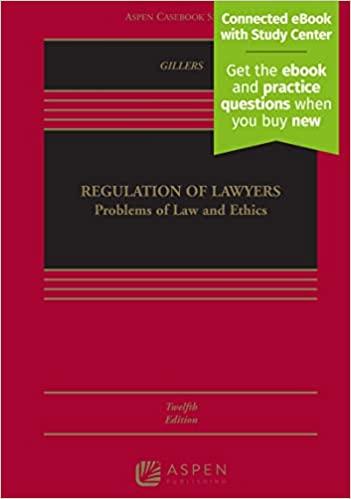Question
provide clear explanation to your choice ,else it will of no help to me 158.When an effective price ceiling is imposed in a competitive market,
provide clear explanation to your choice ,else it will of no help to me
158.When an effective price ceiling is imposed in a competitive market, what typically happens to consumer
surplus, producer surplus, and deadweight loss?
(A) Rises rises rises
(B) Falls rises falls
(C) Rises falls falls
(D) Falls falls no change
(E) Rises falls rises
159.All else equal, the ____________ a price ceiling is set ____________ the equilibrium price, the ___________
deadweight loss is created by the policy.
(A) Further; below; less
(B) Further; below; more
(C) Further; above; more
(D) Closer; above; less
(E) Closer; below; more
160.A competitive market produces the equilibrium quantity that maximizes total surplus because for the last
unit exchanged, the ____________ is equal to the ___________.
(A) Total utility consumers receive; total profit producers earn
(B) Total revenue producers earn; total cost producers incur
(C) Marginal utility consumers receive; price consumers pay
(D) Price consumers are willing to pay; marginal cost producers incur
(E) Consumer surplus; producer surplus
161.When competitive markets are freely allowed to come to equilibrium, __________ is achieved.
(A) Allocative efficiency
(B) Deadweight loss
(C) Price maximization
(D) Productive efficiency
(E) Price-control efficiency
162.Which of the following statements are correct?
I. Price controls create deadweight loss because for the last unit exchanged, willingness to pay
exceeds marginal cost.
II. A competitive market produces an equilibrium price that efficiently allocates resources to the
market.
III. Price controls are the only source of deadweight loss in markets.
(A) I only
(B) II only
(C) III only
(D) I and II only
(E) II and III only
163.An excise tax is a tax that
(A) Is regressive
(B) Is progressive
(C) Taxes each unit of production
(D) Is a tax placed on buyers
(E) Is a tax placed on sellers
164.The term __________ refers to the distribution of a tax burden on buyers and sellers.
(A) Administrative cost
(B) Tax incidence
(C) Tax rate
(D) Proportional tax
Step by Step Solution
There are 3 Steps involved in it
Step: 1

Get Instant Access to Expert-Tailored Solutions
See step-by-step solutions with expert insights and AI powered tools for academic success
Step: 2

Step: 3

Ace Your Homework with AI
Get the answers you need in no time with our AI-driven, step-by-step assistance
Get Started


